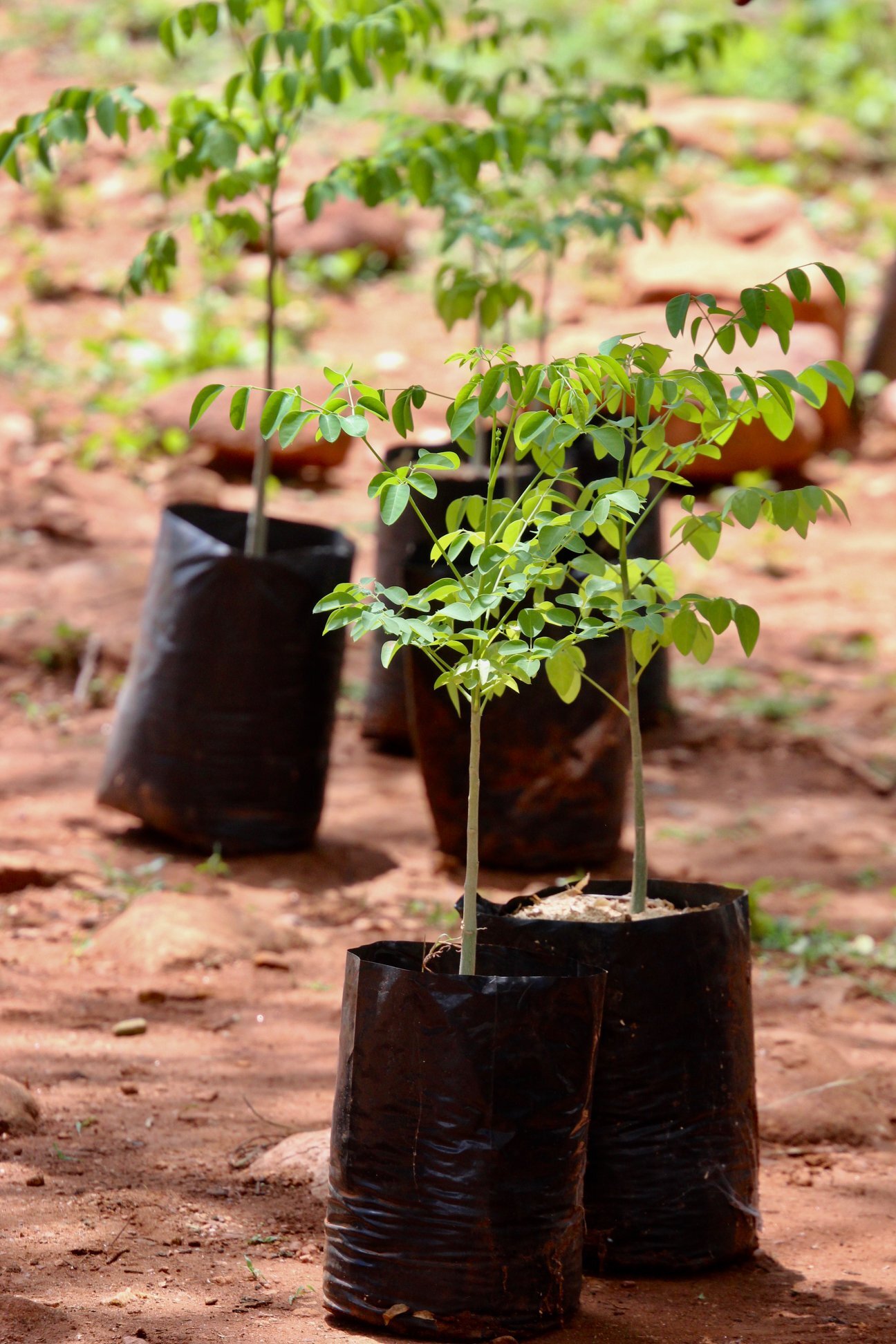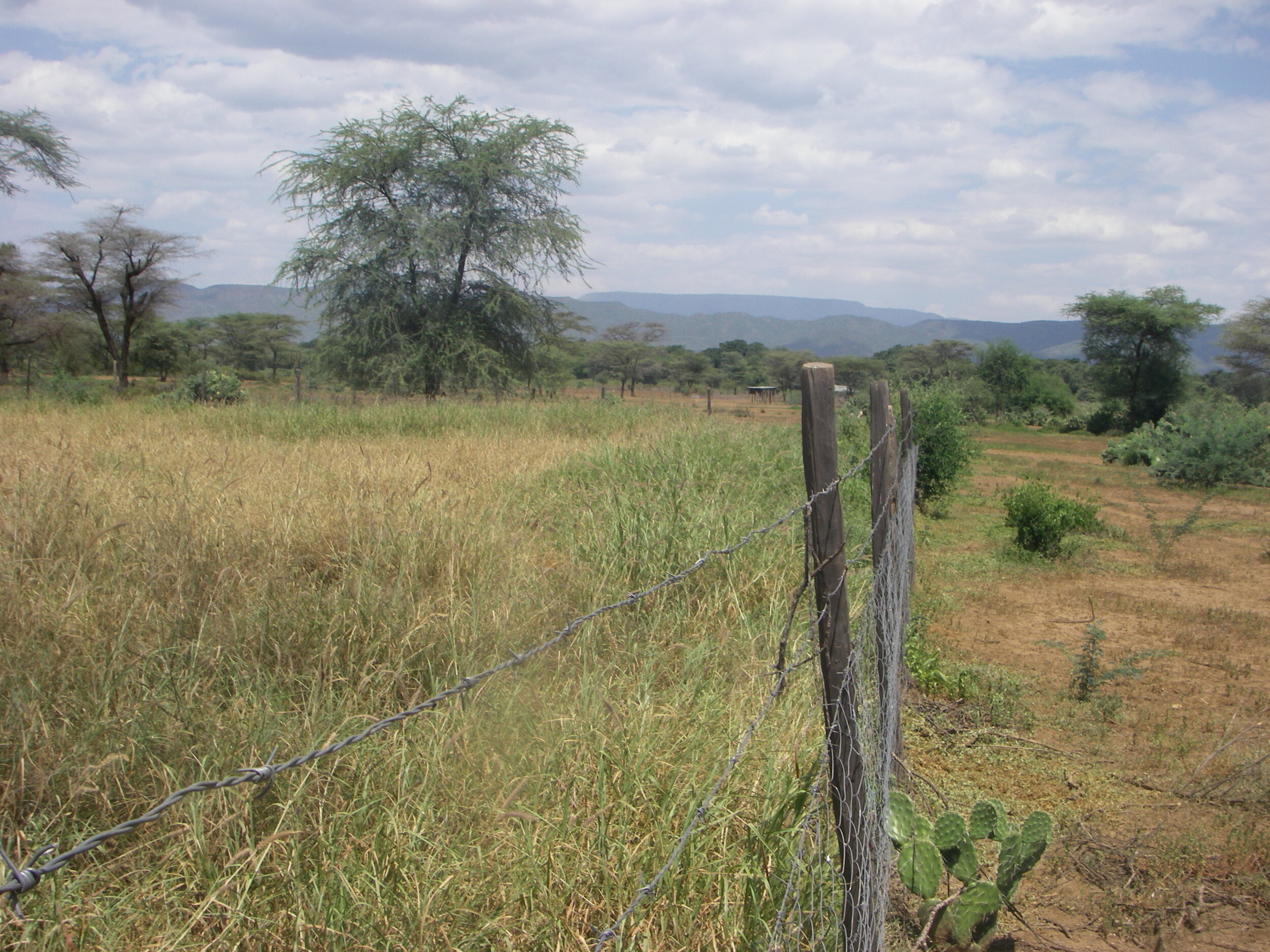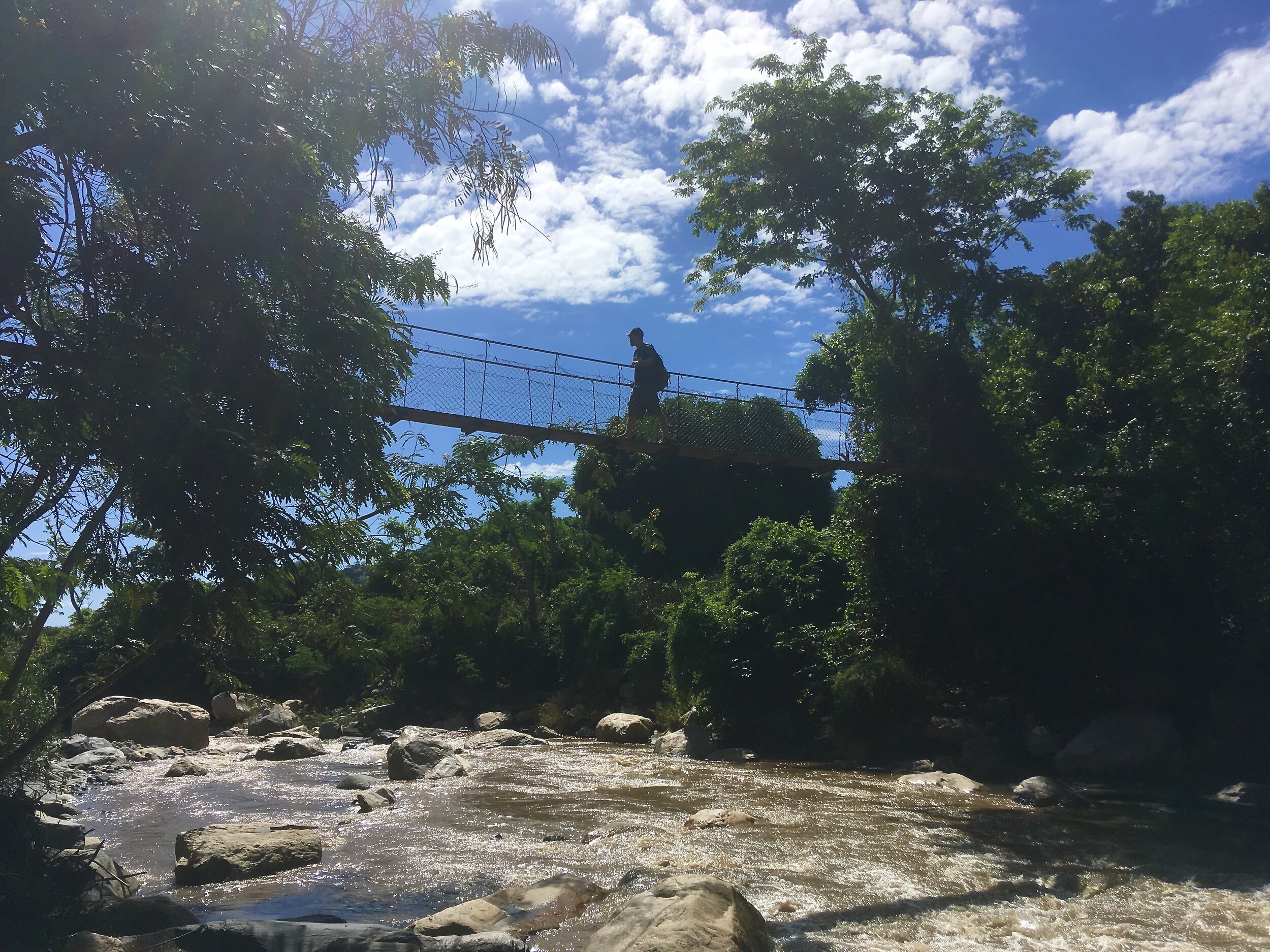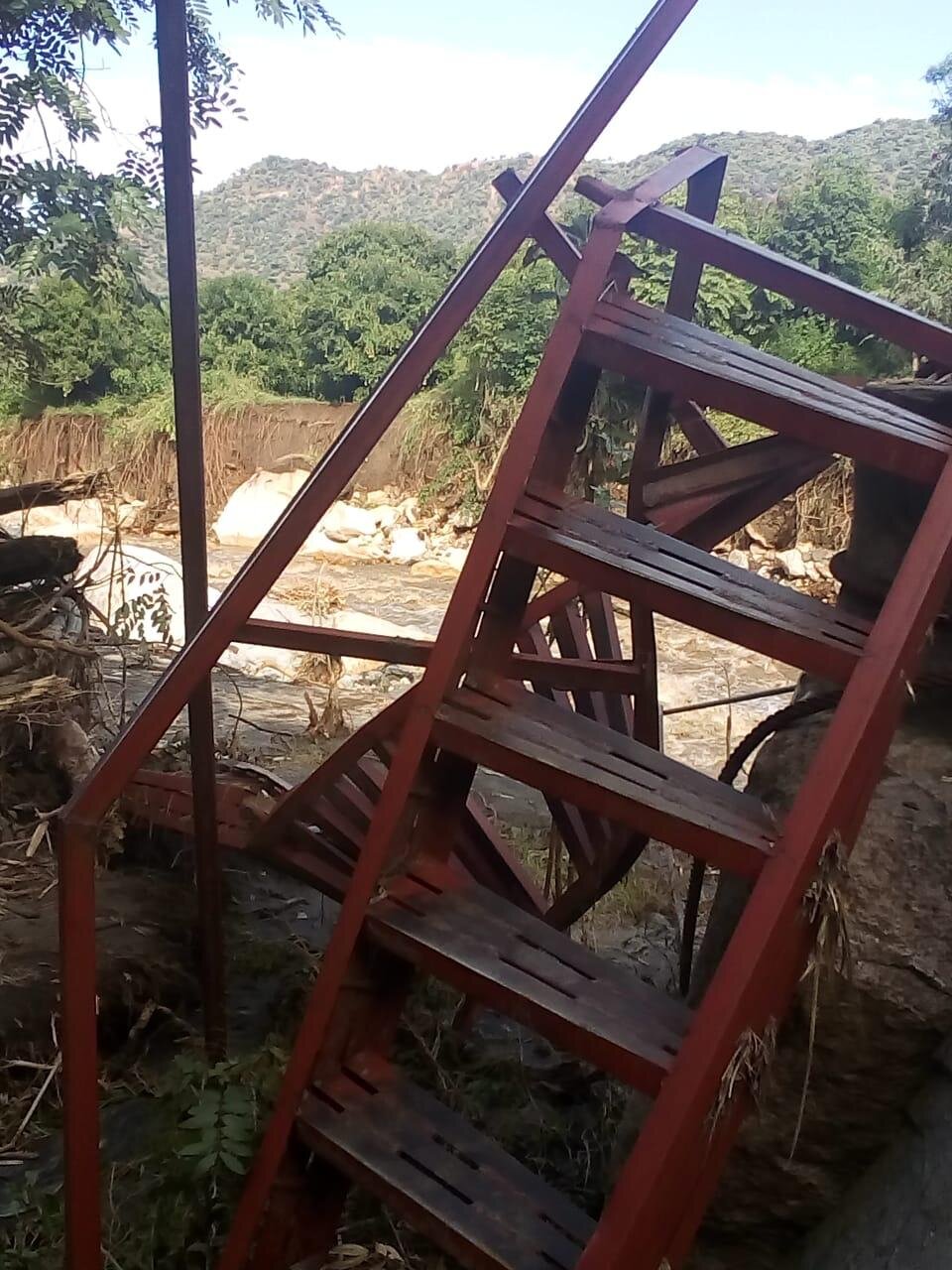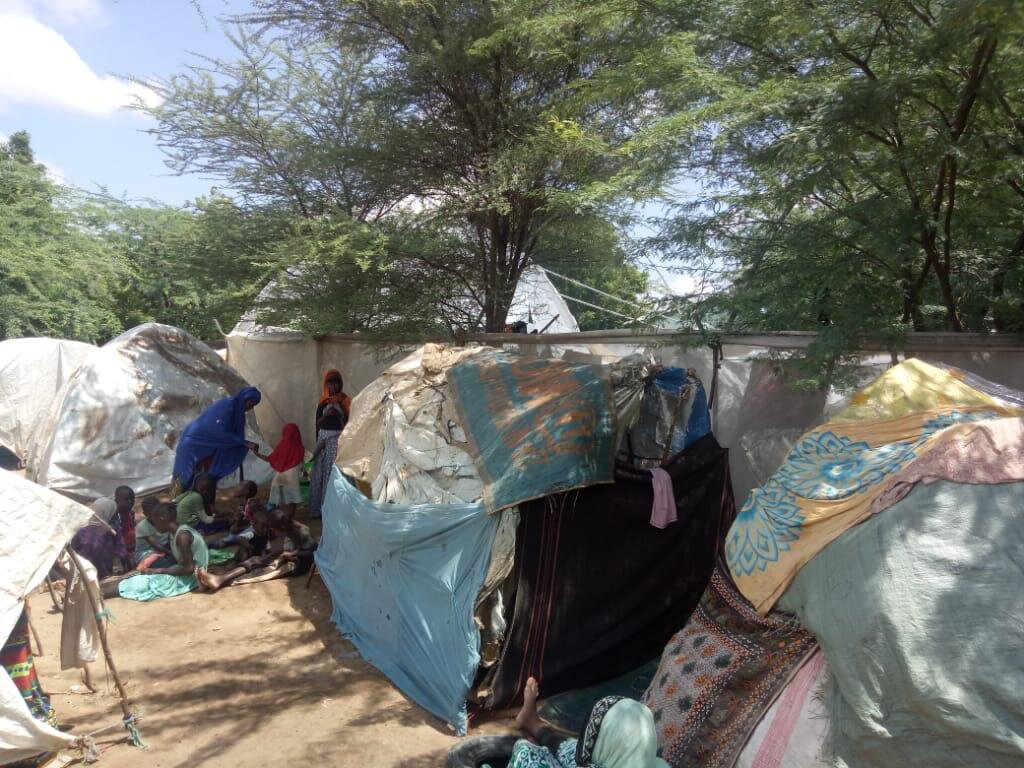Keeping Earth
For some time now, we have heard a compelling call from the earth. A call for care. It is not hypothetical. Or hysterical. Or hard to believe. Such a call is needed. It is an invitation. A beckoning. A response is actually easy. It’s the back and forth of a love story. It’s easy to care about our common home. It has been faithful to us. How will we be faithful in return?
Our ecosystems are multi-layered and diverse. They’re beautiful beyond wordy descriptions. When we slow down long enough to “be” in them, they speak to our bodies and our souls. As Barbara Brown Taylor once exclaimed,
“If I softened my gaze and stopped holding myself apart from all that surrounded me, I became part of something so old and so powerfully alive that I lost track of myself. The river ran through me. Trees breathed for me. My feet grew from rock. The only thing wrong with any of these sentences is that there was for that moment no “me” or “my.” I lost my “me” altogether, which of course was not apparent until I came back to myself, recovering one sense of reality at the price of the other.”
We have had just such experiences in Kenya many times. We have also felt the anxiety of the natural world being threatened. We’ve felt the fragility of systems that cannot recover when overused, broken or tipped out of balance. Just this week the news from Kenya’s Cherangani Hills in West Pokot brings stories of unprecedented rains, devastating landslides and flooding rivers that have resulted in the loss of over 50 lives. The combination of deforestation and more rain occurring at one time than has been witnessed in generations has brought untold suffering as well as major infrastructural damage.
Many of you are aware of suspended bridges that we had erected in conjunction with our community projects in West Pokot with the help of Bridging the Gap Africa. Sadly, we report that almost every bridge built along the Wei Wei river since 1997 has been wiped out, including many road bridges. Further, our Somali partners much farther to the east in Garissa report flooding of the Tana River that flows from the the highlands of Mt. Kenya. Residents of Bulla Iftin where one of our centers is located have fled to the high ground and are now camped out in the school compound. Please pray for our partners in both places as they attempt to make it through this difficult time.
Our launching of the environmental component of Africa Exchange, KEEPING EARTH, is our response and commitment to caring for our common home. It is in recognition of how deeply interrelated thriving communities are with the environment. In Kenya, people often speak of “keeping”. Keeping well. Keeping time (or not!). This “keeping” is understood as something that is on-going. Keeping Earth is just that kind of relationship. A commitment for the present. And for the future. An engagement that asks something of us. An engagement the ignoring of which, will mean some great loss. If we’re not engaged in “Keeping Earth” now, we very well could lose parts of it that cannot be regained.
Keeping Earth will be integrated into all programs of Africa Exchange and will be comprised of 3 primary projects:
Trees for Life
Malisho mazuri (Good Grassland)
BeeCause
In the days ahead we’ll introduce you to these projects in more detail and invite you to be involved by playing your part in Keeping Earth.

